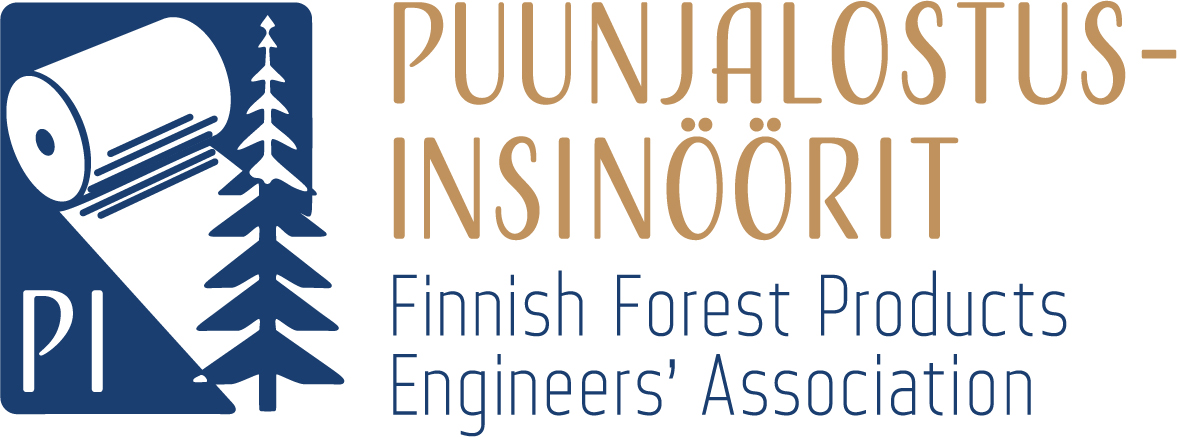I would have never imagined back in 2011, the year I returned to Stora Enso, that five years later I would be speaking in a big conference in London wearing a dress made out of our wood fibers. And not any dress, but designed by Tuula Pöyhönen from Marimekko, and produced from sustainable Northern Karelian birch fibers thanks to a revolutionary process called Ioncell.
Our journey in the fashion industry started in the year 2011 when our Enocell mill began to produce textile pulp. Looking back at these 6 years of development, it has been truly challenging journey which pushed us to constantly learn new things while questioning the old, always building on our company’s 800 year old cultural heritage of sustainable forestry and innovative thinking.
Today, the demand for textile is increasing due to population growth, the rise of disposable income as well as the emergence of fast fashion. To give you a little perspective: in the 1960´s, an American man owned six outfits on average, and women owned nine. 10 % of their income was spent in textiles, for which they got around 25 pieces of clothing. Forty years later, we spend on average 3,5% of our income for 70 pieces of garments.
Growing textile industry faces big challenges due to increasing amount of textile waste. In the United States, only 15% of the textiles are recycled and the 85% left, 11 million tons of garment, end up into dumps. This situation is not unique to America, textile consumption in Europe and in Finland is walking on the same path. Why is that? Quickly changing trends have led the fashion companies to manufacture small batches of garments, cheap garments, on a constant basis. The market entry time of a piece of clothing from the designer´s table to us consumers has decreased from 18 months on the 1980´s to 3 weeks. Right now, the textile and fashion industry are not based on a sustainable basis. Up to 70% of the textiles are manufactured from non-renewable petroleum based fibers, whereas the share of cotton, main alternative to oil-based fibers, has come down to 20%. Cotton is a natural fibre, but its cultivation causes draught due to the extremely high amount of water required for it to grow. As an example, making one pair of cotton jeans takes about 7000 liters of water, while producing the same jeans using the Ioncell technology only requires 3% of that amount. To put it into perspective, the water saved, 6790 liters, which is the amount of water that a human being consumer over a period of ten years. In addition to the water issue, traditional cotton farming uses high amount of various fertilizers and pesticides to maximize crops yield, which greatly damages local eco-systems.
The share of wood based fibers in the textile industry is only 6%, mostly due to their higher costs compared with polyester and cotton. The wood based fibers are the only fibres in the world that combines the advantages of both cotton and petroleum based fibers: good moisture management and brightness, which allows the printing of detailed and long-lasting pattern. In addition, viscose fibres have a unique set of properties that no other fiber can deliver: lustre and drape.
Stora Enso is supplying textile pulp to China, the biggest market of the textile industry with over 60% of share globally. Since 2012, we have been putting a lot of focus on understanding the textile value chain better and are working on development projects such as the Ioncell technology, for which we collaborated with the Aalto University, the Helsinki University and Marimekko to try and revolutionize the fashion industry with a renewable and recyclable fiber with a transparent value chain. As Stora Enso, we stand at the very beginning of the value chain and we can guarantee the provision of sustainable and renewable raw material, whereas Marimekko, sitting at the end of the value chain guarantees long-lasting and high-quality design textiles.

